Perched atop a California hill more than a quarter mile above the Pacific Ocean, halfway between San Francisco and Los Angeles, Hearst Castle is a stunning tribute to the incredible wealth of one of the 20th century’s most important businessmen and his extravagant tastes.
Named after newspaper tycoon William Randolph Hearst, Hearst Castle is actually one mansion – Casa Grande – surrounded by three guesthouses, each larger than the average American home.
There’s also an outdoor swimming pool built into the hilltop that reopened in late August after a four-year, $5.4 million restoration project that, among other things, stopped a 5,000-gallon-per-day leak.
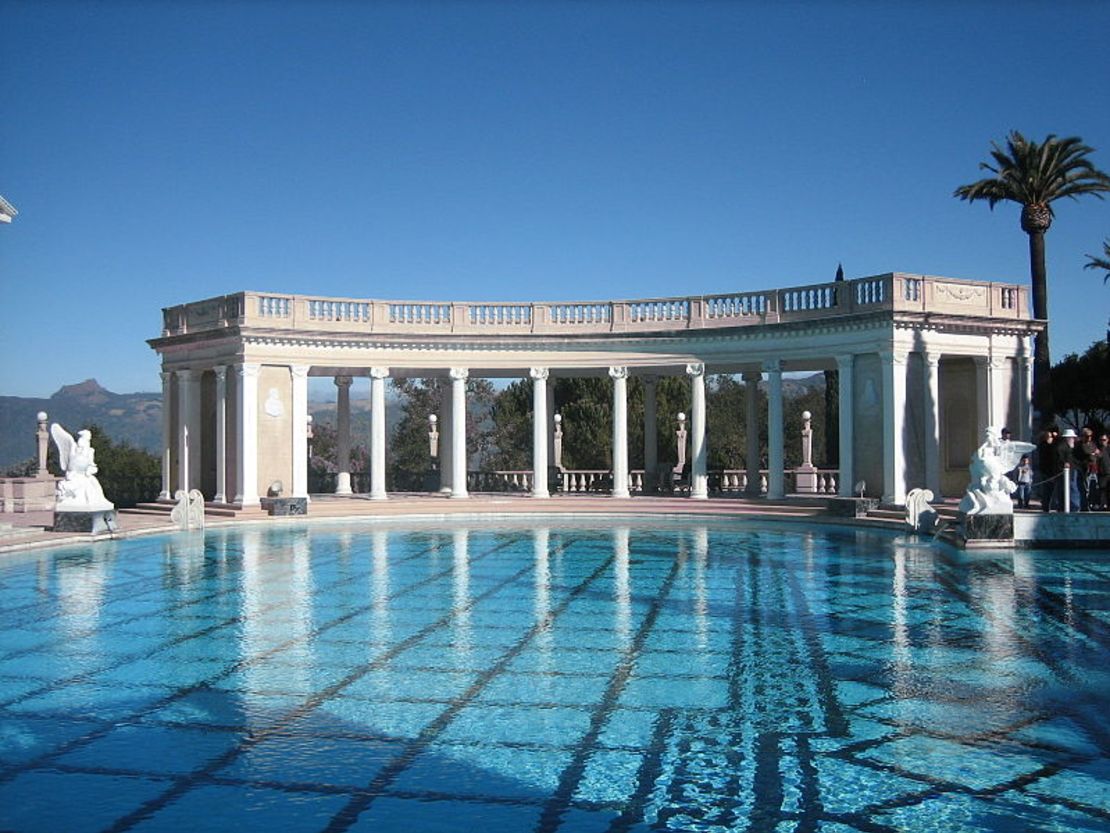
The Neptune Pool is at the center of the Hearst Castle travel experience, so visitors from 2013 to present who were treated to a giant cavity in the ground filled with construction equipment may want to make another visit.
Hearst himself spent time at the castle throughout its nearly 30-year construction, from 1919 until 1947. He died in 1951.
It was first open to the public in 1958, and 700,000 people visit annually. It’s now owned and operated by the California State Park system.
Jim Allen, a former Hearst tour guide who’s worked at the castle for 30 years, took CNN Travel on a special tour of the property, sharing some secrets of the sprawling complex that a billionaire once called home. Allen now works as the property’s director of communications.
1. It was designed by a woman
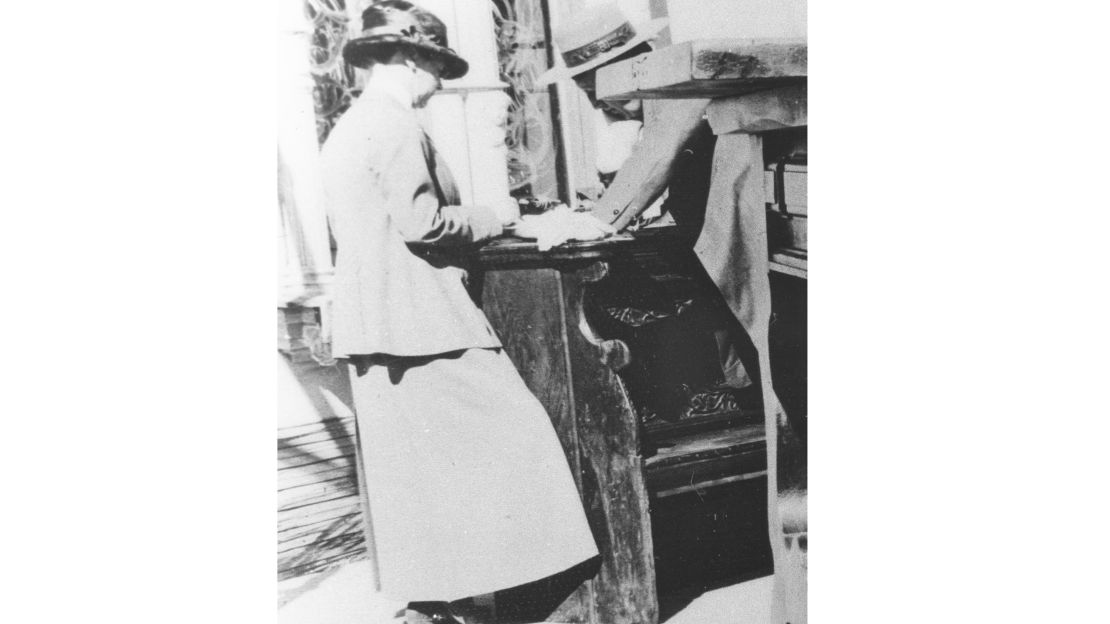
Businessman and newspaper mogul William Randolph Hearst had previously hired the first female war correspondent and the first female editor of a Washington, DC newspaper. So it was no surprise that he turned to architect Julia Morgan when he wanted to build a quiet California escape.
Morgan was the first woman to get an engineering degree from a California state university. She also studied architecture at the renowned Ecole des Beaux-Arts in Paris, becoming the first woman to receive a certificate from the elite school in architecture.
She worked hand-in-hand with Hearst for more than two decades designing and building the estate.
2. The decorations came from amazing places
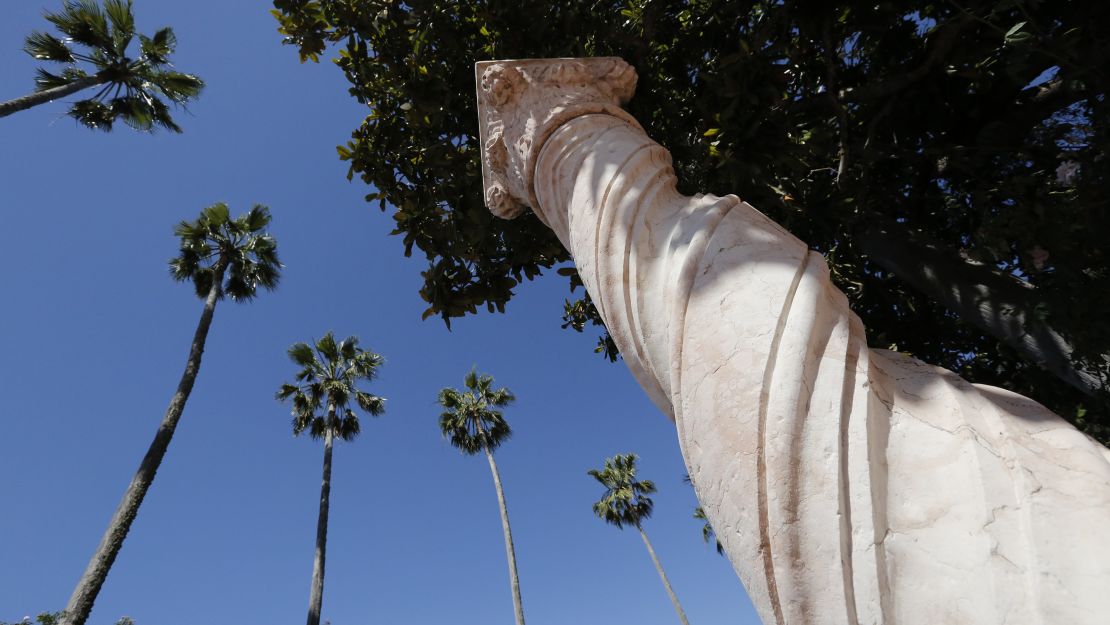
The courtyards are adorned with sculptures from Egypt. The pool is surrounded by Roman columns. The bedrooms have one-of-a-kind Art Deco ceilings from Spain.
And a lot it was bought at the firm now known as Sotheby’s. In the 1920s, the auction house was known as the American Art Association, and they sold expensive works of great historical value.
Jim Allen, our guide, declined to answer how much Hearst paid for the items, other than to say, “It’s shocking how relatively inexpensive it was.”
After World Wars I and II, many European countries were in dire economic straits and sold many of their national treasures. Today, many have laws in place to protect items they have left from leaving the country.
3. Hearst planted a small forest
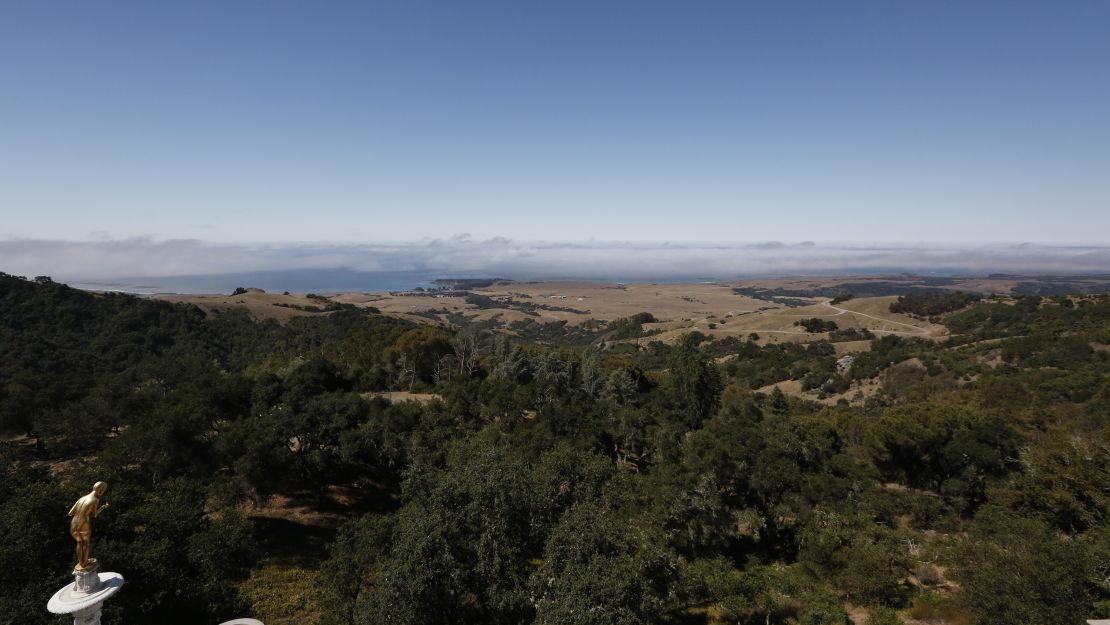
There is a reservoir a short distance from the hilltop and within view of the top floors of Casa Grande, but Hearst didn’t want castle views of a water basin.
So he had 7,000 Monterey pine trees planted on the hillside to block the view. A large number remain today.
4. Hearst had a bedroom in one of the guesthouses
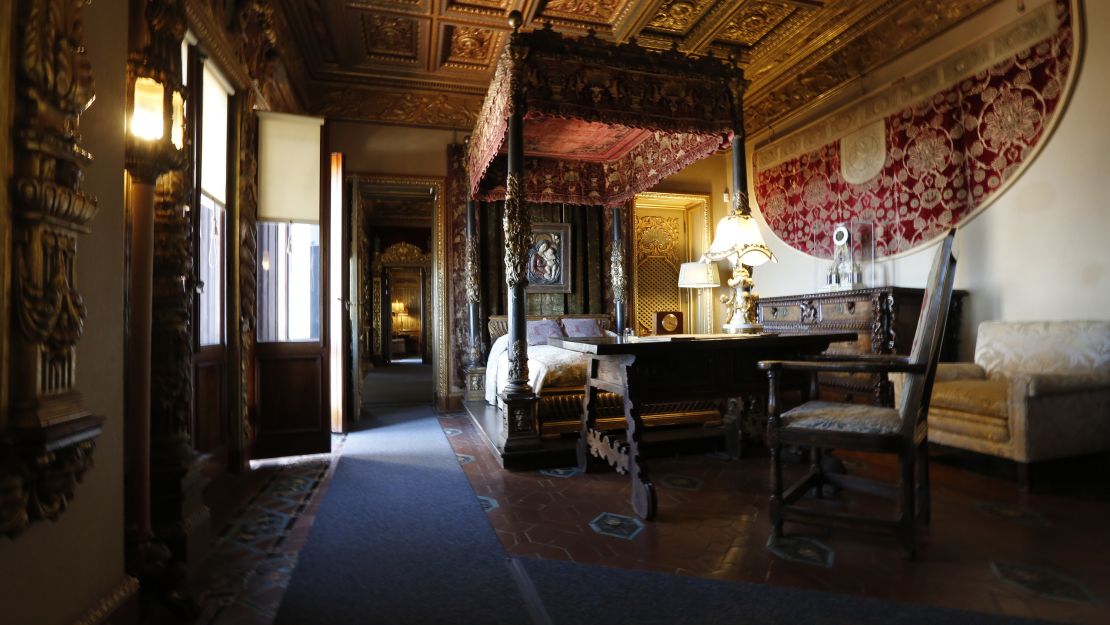
Hearst’s first bedroom was a narrow room in Casa del Mar, named for its sweeping views of the Pacific Ocean below.
He slept here while Casa Grande was under construction, and he returned to the room in his later years when taking the stairs to his third-floor residence in the main house was too much.
5. Hearst owned land as far as the eye could see
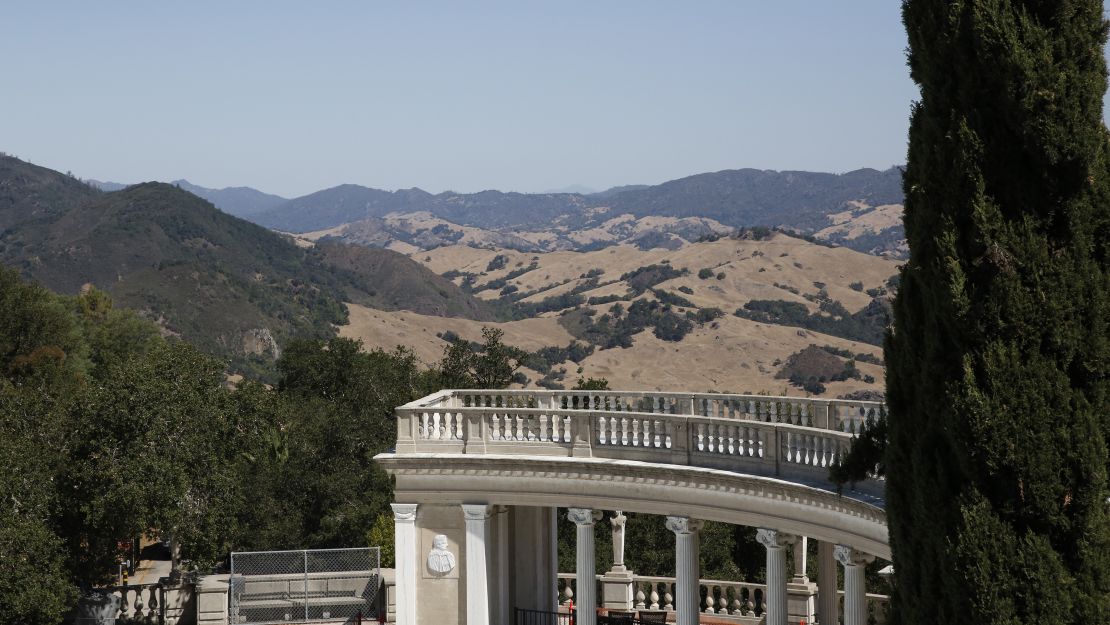
From a north-facing terrace, visitors can look out into the Santa Lucia Mountains, and if they squint they can see Junipero Serra Peak.
At one point, Hearst owned all of the land from the castle to the mountain. It’s 34 miles to the north of Hearst Castle. At his peak, Hearst owned more than 250,000 acres of land around the castle.
6. It’s not finished
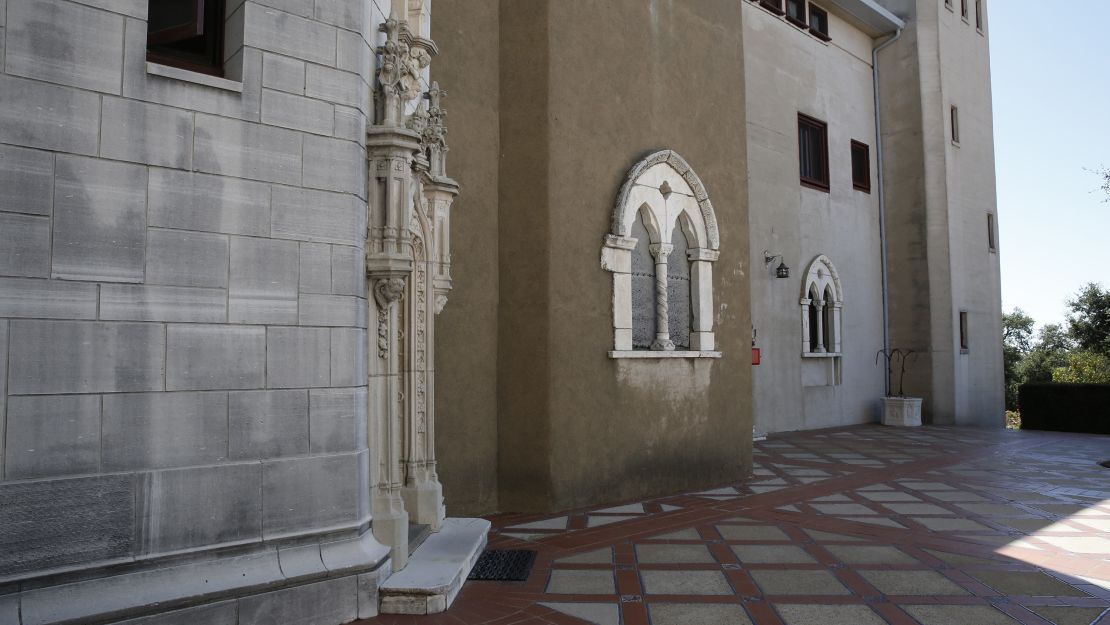
As time went by and Hearst’s ambitions met the reality of his old age, construction slowed to a halt. The exterior of the castle is made from Utah limestone cut to look like a Spanish masonry building.
Underneath the limestone facade is steel reinforced concrete that’s earthquake resistant. One exterior wall in particular shows the construction frozen in three stages of development.
In addition to some exterior walls, there were also plans to build more rooms in the back of the main house and create a huge courtyard to look into from the higher floors.
7. There’s a room bigger than some houses
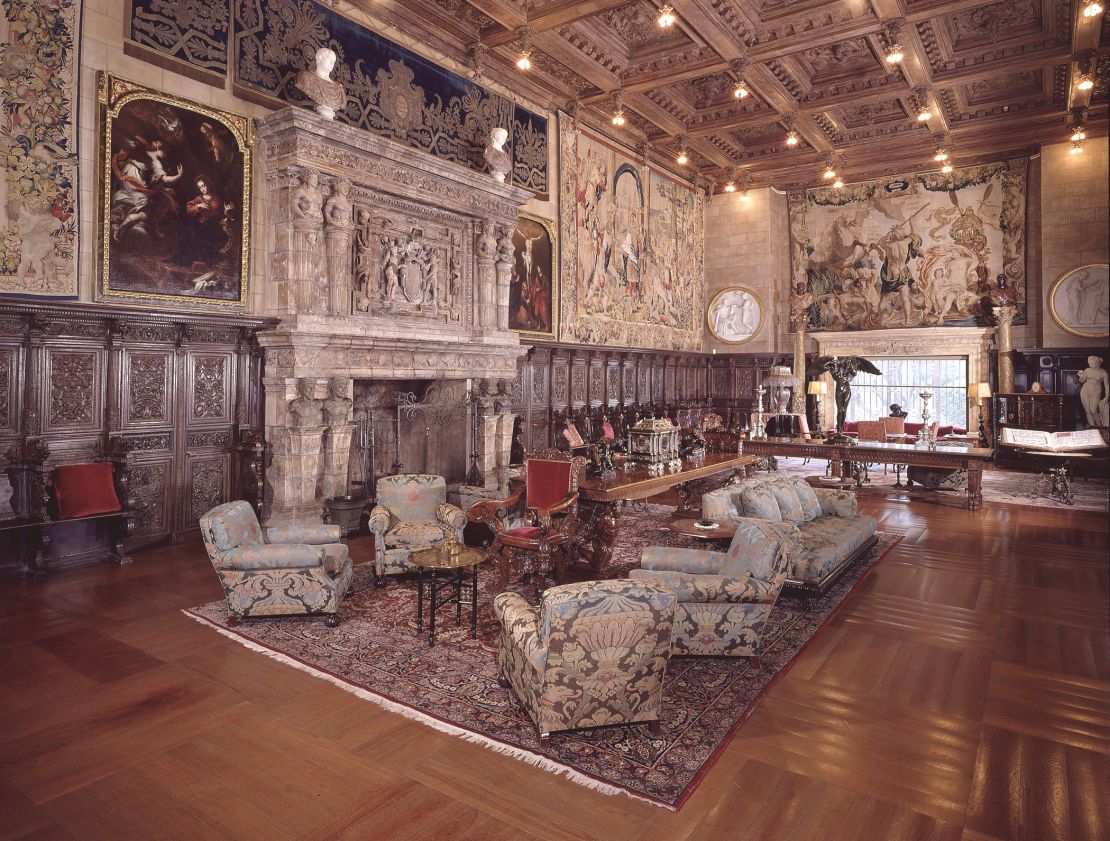
The assembly room is where guests would chitchat while waiting for dinner to be served in the dining room next door. At 2,498 square feet, it was so big that there were phones placed at each end for guests to call across the room instead of walking across it.
8. The rare art is really rare
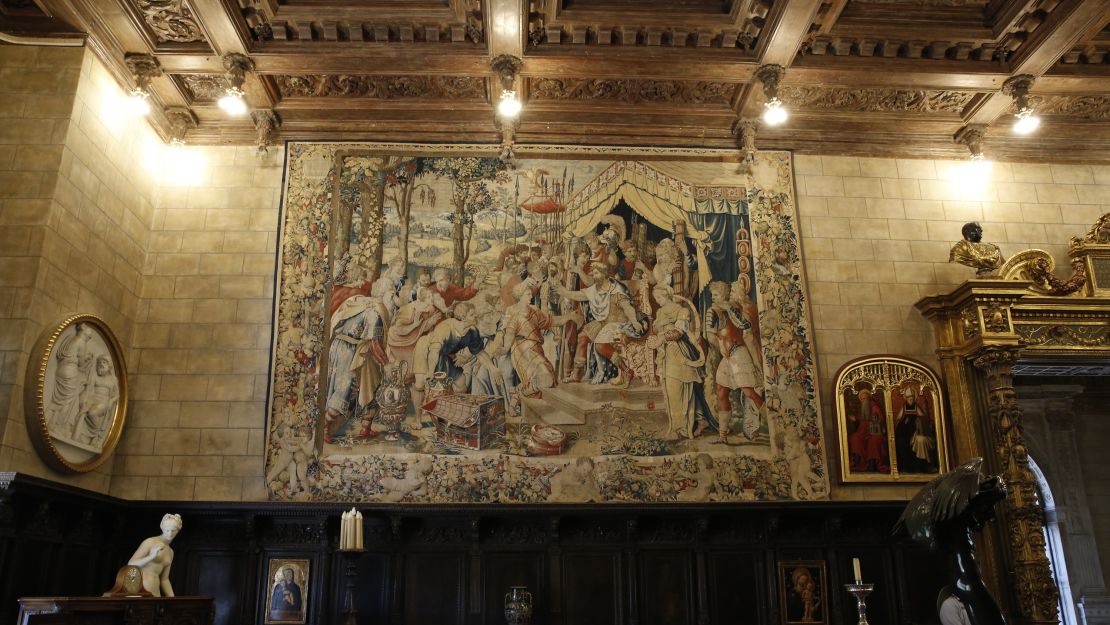
Speaking of the assembly room, there are four original 16th-century tapestries from the Deeds of Scipio Africanus series hanging on the walls. Some of the same tapestries are in the Louvre in Paris – but theirs are copies.
“During the French Revolution, the set was broken up and sold,” says Allen. “Today, only these four at San Simeon and a fragment of another from the set are known to still exist.”
9. You can see almost everything
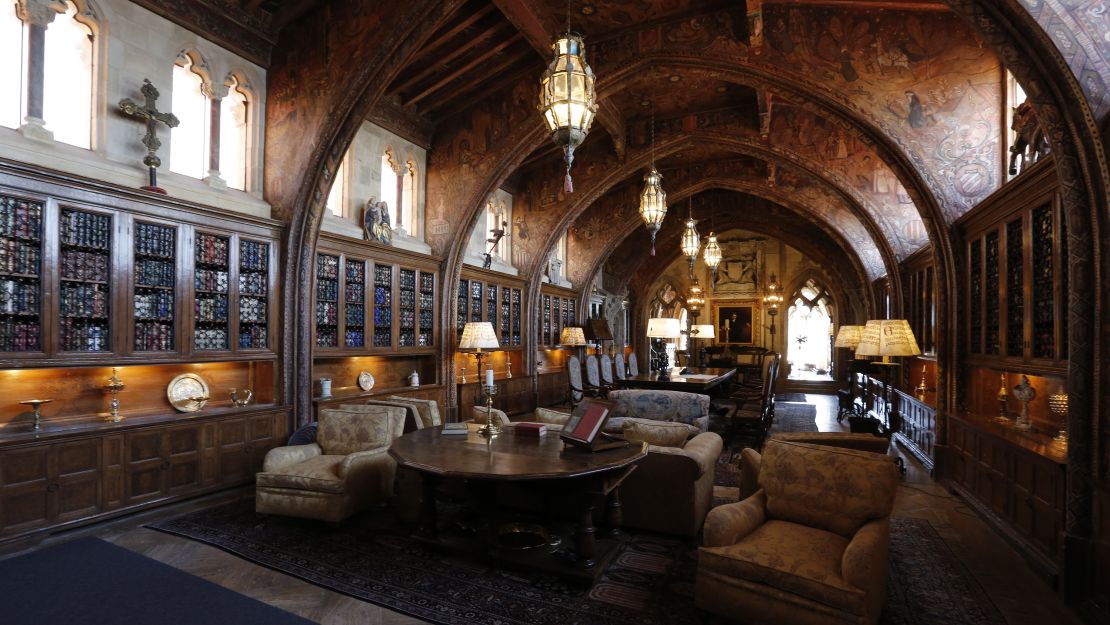
At many museums, most of their collection is in storage, not displayed for the public to view.
At Hearst Castle, it’s the other way around: Some 98% of all of the objects in the collection are on display. The other 2% is being conserved, stored or loaned out to other institutions.
10. Hearst’s bedroom is pretty small

We don’t know why the billionaire had a relatively modest bedroom in the main house, Allen says, although it might be for the ceiling, which is “one of the most important” ceilings on the property.
It’s a 15th-century polychrome wood ceiling from Tereul, Spain, “probably from the Palacio de los Sánchez Muñoz,” says Allen.
Hearst was also a known workaholic who got by on four hours of sleep a night, Allen says, so perhaps he didn’t require a large bedroom because all he did was retire to it to sleep.
11. The bells in the bell tower are played from five stories below
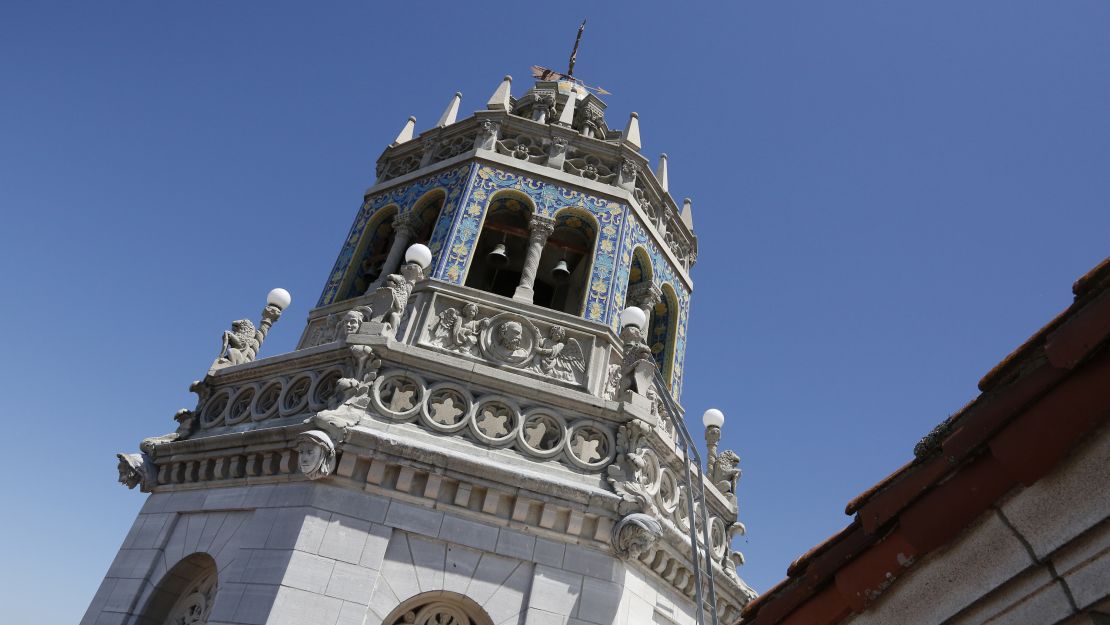
The castle has 18 bells in each of two bell towers on the roof. They cover a range of three octaves and are played by a keyboard on the first floor.
12. Some of the greatest art is in the most casual rooms

In the billiards room, two tapestries from the Hunt of the Unicorn series hang on the limestone walls. They’re nearly 10 feet high and over 14 feet wide and made in France from wool and silk around the year 1500 AD.
There are additional tapestries from this series in the Metropolitan Museum of Art in New York, and together they represent the only pieces from this series of seven found outside of Europe.
13. The original plan called for a small house
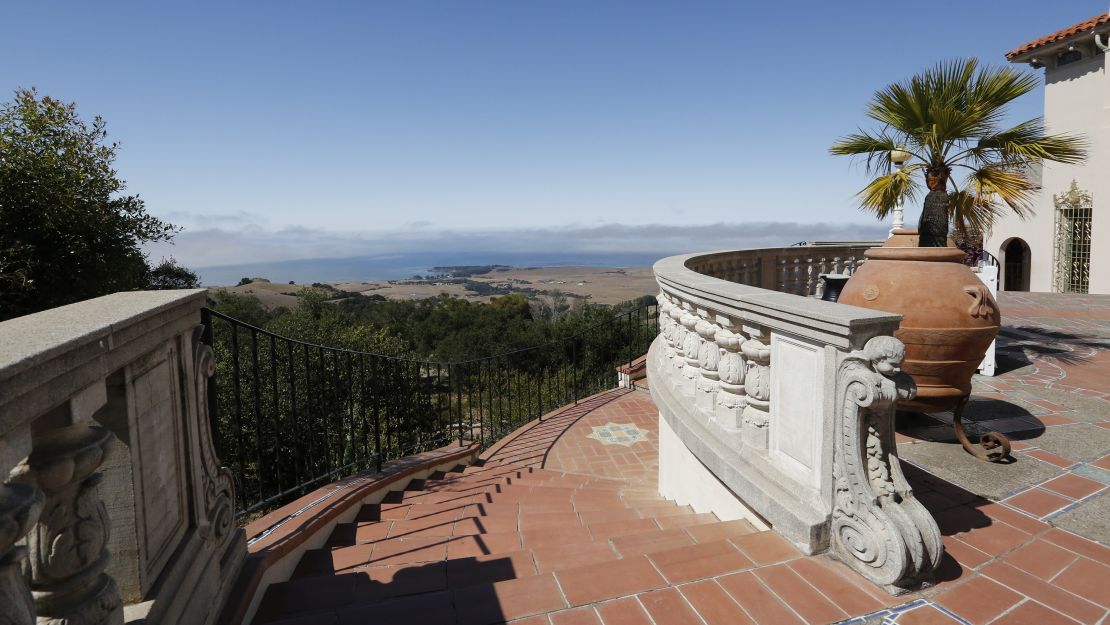
The grand mansion and three guesthouses evolved from an idea to build a 3-bedroom, 2-bathroom ranch style home. Walter Steilberg worked as a draftsman for Julia Morgan, the architect, and overheard Hearst tell Morgan that he wanted a bungalow, that he was “keeping it simple.”
“The modest single-story bungalow style (like those being built throughout Southern California at the time) was not considered for long,” wrote Suzanne Reiss in her book, “The Work of Walter Steilberg and Julia Morgan.”
14. Unlike today, you couldn’t pay to visit
Back in the day, you had to be invited to Hearst Castle. Stars who stayed there include Clark Gable and Charlie Chaplin, as well as politicians such as British Prime Minister Winston Churchill and US President Calvin Coolidge.
If you were lucky enough to receive a phone call or a handwritten note, you could stay for as long as you liked. (Hearst came and went throughout construction.)
“There was an old saying in Hollywood that there were two groups of stars: The ones who had been to Hearst Castle and the ones who had said they had been to Hearst Castle,” Allen says.
15. The tiled walls were originally so perfect they had to be redone

At the indoor pool, hand-cut, hand-set glass tiles from Murano, Italy cover the walls. It took five years to do the tilework. During construction, Morgan was home recovering from a surgical procedure. Upon her return, she delivered some upsetting news to the tile workers.
“No, tear it all out, we have to start all over again,” she said. “It’s too perfect.”
So they stripped the Murano glass tiles off the wall and spread a new layer of thin-set mortar. Then, they went around and punched the walls with their fists so it looked like an ancient building that had settled. If you look closely, you can see the undulations.
Hearst Castle, 750 Hearst Castle Rd, San Simeon, CA 93452; +1 (800) 444-4445. Open to the public 362 days a year. Closed only on Thanksgiving Day, Christmas Day and New Year’s Day.


















